Why Understanding Drugs Matters More Than Ever
Picture this: You wake up with a terrible headache, reach for a paracetamol, and within an hour, you’re feeling much better. Later that day, you hear on the news about antibiotic-resistant bacteria causing serious infections in hospitals. These scenarios perfectly illustrate why understanding drugs is crucial in today’s world – they can be our greatest allies in fighting disease, but also pose significant challenges when misused.
As IGCSE Biology students, you’re living in an era where drug development, antibiotic resistance, and substance abuse are front-page news. This topic isn’t just about memorizing facts for your exam; it’s about understanding substances that affect millions of lives daily, including potentially your own future career in medicine, pharmacy, or healthcare.
The beauty of studying drugs in biology lies in how it connects chemistry, human physiology, microbiology, and even social science. You’ll discover how a simple chemical compound can target specific receptors in your brain, how bacteria evolve to survive our best antibiotics, and why some substances that make people feel good can ultimately destroy their lives.
What Exactly Are Drugs? Breaking Down the Basics
Let’s start with the fundamental question: what is a drug? In biological terms, a drug is any chemical substance that affects the structure or function of a living organism when it enters the body. This definition is beautifully broad because it encompasses everything from the caffeine in your morning tea to life-saving cancer treatments.
Think of drugs as molecular keys that fit into specific locks (receptors) in your body. When the right key meets the right lock, it triggers a biological response. Sometimes this response is exactly what we want – like pain relief or fighting an infection. Other times, the response can be harmful or unwanted, leading to side effects or addiction.
The key insight here is that the same substance can be both beneficial and harmful depending on the dose, timing, and individual circumstances. As the famous physician Paracelsus said centuries ago, “The dose makes the poison.” This principle underlies everything we study about drugs in biology.
Medicinal Drugs: Your Body’s Chemical Allies
Understanding How Medicinal Drugs Work
Medicinal drugs are specifically designed to treat, prevent, or diagnose diseases. They work through various mechanisms, but the most important concept to grasp is specificity. Each drug is designed to target particular molecules, cells, or processes in your body.
Consider aspirin, one of the world’s most common drugs. It works by blocking an enzyme called cyclooxygenase, which produces chemicals that cause inflammation and pain. By blocking this enzyme, aspirin reduces both pain and inflammation – a perfect example of targeted drug action.
Types of Medicinal Drugs You Should Know:
Pain Relievers (Analgesics):
- Paracetamol: Works in the brain to reduce pain perception
- Aspirin: Blocks inflammation at the source
- Morphine: Binds to opioid receptors for severe pain
Antibiotics:
- Target bacterial cells specifically
- Work through different mechanisms like cell wall destruction or protein synthesis inhibition
Heart Medications:
- Beta-blockers: Slow heart rate and reduce blood pressure
- ACE inhibitors: Relax blood vessels
The Importance of Dosage and Administration
One of the most critical concepts in pharmacology is that the same drug can heal or harm depending on the dose. This is why medication labels are so specific about dosage instructions.
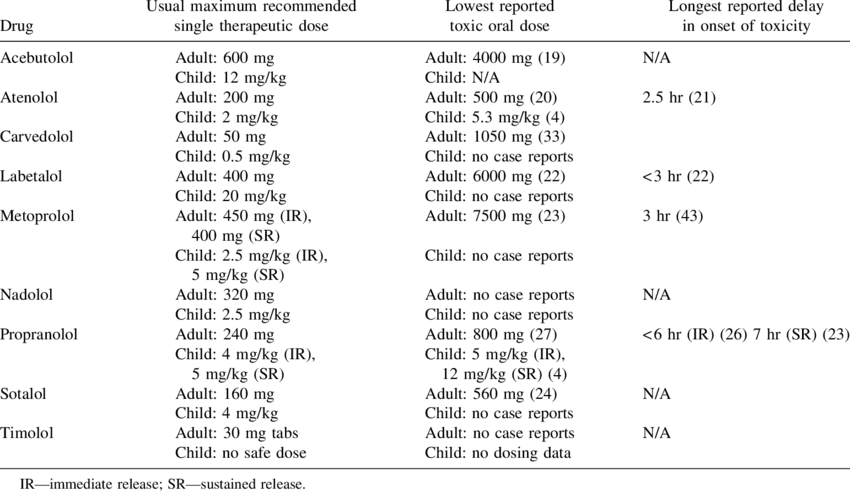
The route of administration also matters enormously:
- Oral: Convenient but slower absorption
- Intravenous: Fastest action but requires medical supervision
- Topical: Localized effects with minimal systemic impact
- Inhalation: Rapid absorption through lungs
Antibiotics: The Miracle Drugs Facing a Crisis
How Antibiotics Work: Targeting Bacterial Weaknesses
Antibiotics represent one of medicine’s greatest success stories. Before their discovery, simple infections could be fatal. Understanding how they work gives you insight into one of biology’s most elegant solutions.
Antibiotics exploit the differences between bacterial cells and human cells. Here are the main mechanisms:
Cell Wall Destruction:
Penicillin and related antibiotics prevent bacteria from building their cell walls properly. Since human cells don’t have cell walls, we remain unaffected while bacteria literally fall apart.
Protein Synthesis Inhibition:
Antibiotics like streptomycin bind to bacterial ribosomes, stopping them from making essential proteins. Human ribosomes are different enough that they’re not affected.
DNA Replication Interference:
Some antibiotics prevent bacteria from copying their DNA, making reproduction impossible.
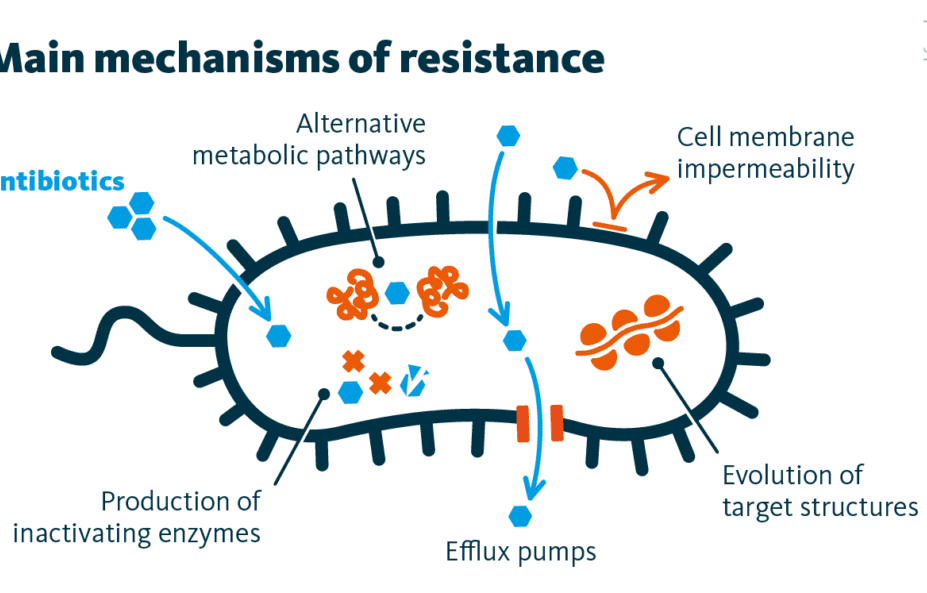
The Growing Threat of Antibiotic Resistance
Here’s where the story becomes more complex and concerning. Antibiotic resistance occurs when bacteria evolve to survive antibiotic treatment through natural selection. This isn’t science fiction – it’s happening right now in hospitals worldwide.
How Resistance Develops:
- Random Mutations: Some bacteria naturally develop resistance through genetic changes
- Selective Pressure: Antibiotics kill sensitive bacteria, leaving resistant ones to multiply
- Horizontal Gene Transfer: Bacteria can share resistance genes with each other
- Overuse and Misuse: Inappropriate antibiotic use accelerates resistance development
Real-World Impact:
- MRSA (Methicillin-Resistant Staphylococcus aureus) infections in hospitals
- Tuberculosis strains resistant to multiple drugs
- Gonorrhea becoming increasingly difficult to treat
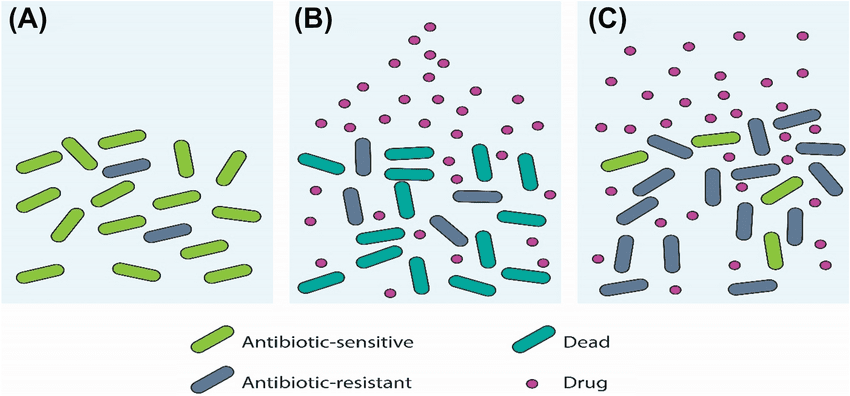
Preventing Antibiotic Resistance: Everyone’s Responsibility
The fight against antibiotic resistance requires action at every level:
Individual Actions:
- Complete full antibiotic courses even when feeling better
- Never share antibiotics or save leftover pills
- Don’t pressure doctors for antibiotics for viral infections
- Practice good hygiene to prevent infections
Medical Community Actions:
- Prescribe antibiotics only when necessary
- Use narrow-spectrum antibiotics when possible
- Implement infection control measures in hospitals
- Develop new antibiotics and alternative treatments
Drug Development: From Laboratory to Medicine Cabinet
Understanding how new drugs are developed gives you appreciation for why medications are expensive and why safety testing is so rigorous.
The Drug Development Pipeline:
Discovery Phase (2-5 years):
- Scientists identify potential drug compounds
- Computer modeling predicts effectiveness
- Initial laboratory testing on cells and tissues
Preclinical Testing (1-3 years):
- Animal testing for safety and effectiveness
- Toxicity studies to identify harmful effects
- Pharmacokinetic studies to understand drug movement in the body
Clinical Trials (6-10 years):
- Phase I: Small groups test safety and dosage
- Phase II: Larger groups test effectiveness
- Phase III: Large-scale studies comparing to existing treatments
- Phase IV: Post-market surveillance for rare side effects
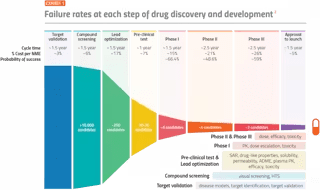
Harmful Drugs: Understanding Addiction and Abuse
What Makes a Drug Addictive?
Addiction is a complex biological and psychological condition involving changes in brain chemistry and behavior. Understanding the science behind addiction helps reduce stigma and promotes better treatment approaches.
The Brain’s Reward System:
All addictive drugs affect the brain’s reward pathway, particularly involving a neurotransmitter called dopamine. This system evolved to reinforce behaviors essential for survival, but drugs can hijack it.
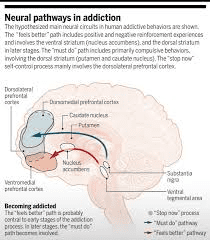
Common Categories of Harmful Drugs
Depressants:
- Alcohol: Most widely abused depressant
- Heroin: Highly addictive opioid
- Barbiturates: Formerly used as sleeping pills
- Effects: Slow brain activity, reduce anxiety, can depress breathing
Stimulants:
- Cocaine: Blocks dopamine reuptake
- Methamphetamine: Long-lasting stimulant effects
- Nicotine: Highly addictive despite being legal
- Effects: Increase alertness, energy, and heart rate
Hallucinogens:
- LSD: Alters perception and thought
- Cannabis: Complex effects on multiple neurotransmitter systems
- Ecstasy (MDMA): Combines stimulant and hallucinogenic properties
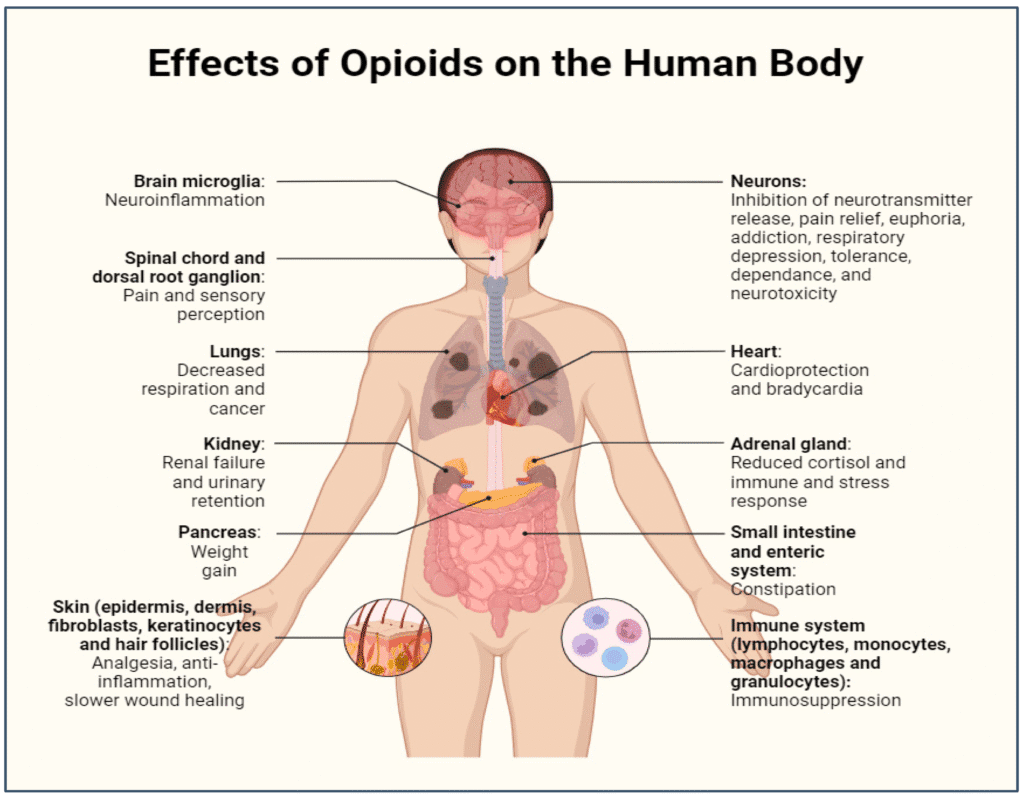
The Cycle of Addiction
Understanding addiction as a medical condition rather than a moral failing is crucial for effective treatment:
Stage 1: Experimentation
- Initial use driven by curiosity or peer pressure
- Brain begins adapting to drug presence
Stage 2: Regular Use
- Tolerance develops, requiring higher doses
- Drug use becomes more frequent
Stage 3: Risky Use
- Continued use despite negative consequences
- Drug-seeking behavior becomes priority
Stage 4: Dependence/Addiction
- Physical and psychological dependence established
- Withdrawal symptoms occur without the drug
- Loss of control over drug use
Drug Testing and Detection Methods
Modern drug testing employs sophisticated scientific techniques that connect to your chemistry knowledge:
Urine Testing:
- Most common method for detecting recent drug use
- Can detect metabolites (breakdown products) of drugs
- Detection window varies by drug type and usage patterns
Blood Testing:
- More accurate for determining current impairment
- Shorter detection window than urine
- More invasive and expensive
Hair Testing:
- Longest detection window (up to 90 days)
- Cannot detect very recent use (past few days)
- Less affected by attempts to cheat the test
Saliva Testing:
- Good for detecting recent use
- Non-invasive collection method
- Growing popularity for roadside testing
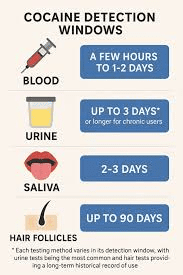
Performance-Enhancing Drugs in Sports
The use of performance-enhancing drugs (PEDs) in sports provides excellent examples of how drugs can modify normal physiology:
Anabolic Steroids:
- Synthetic versions of testosterone
- Increase muscle mass and strength
- Serious side effects including liver damage and heart problems
EPO (Erythropoietin):
- Increases red blood cell production
- Improves oxygen delivery to muscles
- Risk of blood clots and heart problems
Human Growth Hormone:
- Promotes muscle growth and recovery
- Difficult to detect in standard tests
- Long-term health effects still being studied
The fight against doping illustrates the ongoing arms race between drug development and detection methods, similar to the battle against antibiotic resistance.
The Social and Economic Impact of Drugs
Understanding drugs isn’t complete without considering their broader impact on society:
Healthcare Costs:
- Drug-related medical expenses
- Treatment programs for addiction
- Emergency department visits from overdoses
Criminal Justice System:
- Drug-related arrests and prosecutions
- Prison populations and rehabilitation programs
- Law enforcement resources dedicated to drug crimes
Workplace Impact:
- Productivity losses from substance abuse
- Workplace accidents related to drug use
- Employee assistance programs and drug testing
Family and Community Effects:
- Children affected by parental substance abuse
- Community resources strained by drug-related problems
- Social stigma and discrimination issues
Key Formulas and Chemical Equations
Important Chemical Structures to Remember:
Aspirin (Acetylsalicylic Acid):
C₉H₈O₄
- Contains acetyl group that blocks COX enzymes
Penicillin Core Structure:
Contains beta-lactam ring essential for antibiotic activity
- Ring structure binds to bacterial enzymes
Ethanol (Alcohol):
C₂H₅OH
- Small molecule that affects multiple neurotransmitter systems
Morphine:
C₁₇H₁₉NO₃
- Complex structure that fits opioid receptors
Key Biological Equations:
Drug Metabolism:
Drug + Enzyme → Metabolite + Modified Enzyme
Receptor Binding:
Drug + Receptor ⇌ Drug-Receptor Complex → Biological Response
Antibiotic Action (Cell Wall Synthesis):
Peptidoglycan Precursors + Transpeptidase → Cell Wall
(Blocked by penicillin)
Quick Revision Notes: Essential Points to Remember
Definition and Classification:
- Drugs are chemicals that affect living organisms
- Can be medicinal (therapeutic) or harmful (recreational/addictive)
- Same substance can be beneficial or harmful depending on dose and context
Medicinal Drugs:
- Work by targeting specific receptors or enzymes
- Dosage and administration route affect effectiveness
- Examples: analgesics, antibiotics, heart medications
Antibiotics:
- Target bacterial cells specifically (cell wall, protein synthesis, DNA)
- Resistance develops through natural selection
- Proper use essential to maintain effectiveness
Drug Development:
- Long, expensive process (10-15 years, billions of dollars)
- Multiple phases of testing for safety and effectiveness
- Strict regulation ensures public safety
Harmful Drugs:
- Affect brain reward systems, particularly dopamine
- Categories: depressants, stimulants, hallucinogens
- Addiction is a medical condition requiring treatment
Drug Testing:
- Multiple methods with different detection windows
- Based on detecting parent drugs or metabolites
- Important for medical, legal, and workplace safety
Common Mistakes to Avoid:
Confusing antibiotics with all medications
Thinking all “natural” substances are safe
Believing addiction is just lack of willpower
Assuming higher doses are always more effective
Mixing up different types of harmful drugs and their effects
Test Yourself: Practice Questions
Short Answer Questions:
- Explain why antibiotics are effective against bacterial infections but not viral infections.
- Describe three different mechanisms by which antibiotics can kill or inhibit bacteria.
- What is antibiotic resistance and how does it develop? Give two ways to prevent it.
- Compare and contrast the effects of stimulants and depressants on the central nervous system.
- Explain why the same drug can be both medicinal and harmful, giving specific examples.
Extended Response Questions:
- Discuss the importance of clinical trials in drug development. Explain why each phase is necessary and what might happen if drugs were not properly tested. (8 marks)
- Analyze the biological and social factors that contribute to drug addiction. Evaluate different approaches to treating addiction. (10 marks)
- Evaluate the statement: “The development of antibiotic resistance is an inevitable consequence of evolution.” Discuss the evidence for this view and suggest strategies to minimize its impact. (12 marks)
Data Analysis Questions:
- [Given a graph showing bacterial population changes during antibiotic treatment] Explain the pattern shown and predict what might happen if treatment were stopped early.
- [Given data on drug detection times in different body fluids] Compare the usefulness of different testing methods for various scenarios.
Memory Tips and Mnemonics
Remember Antibiotic Mechanisms:
“Cell Proteins DNA Metabolism”
- Cell wall destruction
- Protein synthesis inhibition
- DNA replication interference
- Metabolic pathway disruption
Drug Development Phases:
“Discovery Precedes Clinical Trials”
- Discovery and early research
- Preclinical testing (animals)
- Clinical trials (humans, 3 phases)
- Treatment approval and monitoring
Types of Harmful Drugs:
“Don’t Start Harmful habits”
- Depressants (alcohol, heroin)
- Stimulants (cocaine, methamphetamine)
- Hallucinogens (LSD, cannabis)
Understanding Drug Interactions: A Critical Safety Concept
One area that often appears in advanced IGCSE questions is drug interactions. When multiple drugs are taken together, they can affect each other’s actions in several ways:
Synergistic Effects:
Two drugs work together to produce an effect greater than either alone. For example, alcohol and depressant medications can dangerously suppress breathing when combined.
Antagonistic Effects:
One drug reduces or blocks the effect of another. Some blood pressure medications can be less effective when taken with certain pain relievers.
Additive Effects:
The combined effect equals the sum of individual effects. This is why taking multiple pain relievers simultaneously can lead to overdose.
Understanding these interactions emphasizes why healthcare providers need complete information about all medications and substances a patient uses.
The Future of Drug Development: Personalized Medicine
As you study this topic, it’s worth understanding where drug development is heading. Personalized medicine represents the future of treatment, where drugs are tailored to individual genetic profiles.
Pharmacogenomics:
The study of how genes affect drug response. Some people metabolize certain drugs much faster or slower than others due to genetic differences.
Targeted Therapies:
Drugs designed to attack specific molecular features of diseases, particularly in cancer treatment.
Gene Therapy:
Using genetic material as medicine to treat or prevent disease.
These advances build on the fundamental principles you’re learning now about how drugs interact with biological systems.
Environmental Considerations: Drugs in Our Ecosystems
An emerging concern in drug studies is the environmental impact of pharmaceutical compounds. When people take medications, some amount is excreted unchanged and ends up in water systems.
Environmental Effects:
- Antibiotic residues may contribute to resistance in environmental bacteria
- Hormonal medications can affect aquatic wildlife reproduction
- Pain relievers have been found to affect fish behavior
This connects your drug studies to environmental biology and demonstrates how human activities have far-reaching ecological consequences.
Conclusion: Connecting Knowledge to Real-World Applications
As we conclude this comprehensive exploration of drugs in biology, it’s important to recognize how this knowledge extends far beyond your IGCSE exam. Understanding drugs connects to virtually every aspect of modern life – from the medications in your family’s medicine cabinet to global health challenges like antibiotic resistance and the opioid crisis.
The scientific principles you’ve learned here – how molecules interact with biological systems, how evolution drives resistance, how careful testing ensures safety, and how social factors influence drug use – form the foundation for understanding countless medical and social issues you’ll encounter throughout your life.
Whether you pursue medicine, pharmacy, public health, or any other career, the analytical thinking skills developed through studying drugs will serve you well. You’ve learned to evaluate evidence, understand complex biological processes, and appreciate how scientific knowledge translates to practical applications.
Remember that science is not just about memorizing facts but about developing the critical thinking skills to evaluate new information as it emerges. The drug landscape continues to evolve rapidly, with new treatments, new challenges, and new ethical considerations appearing regularly.
Your Next Steps: Building on This Foundation
Now that you’ve mastered the fundamentals of drugs in biology, consider exploring these related areas:
For Future Healthcare Professionals:
- Research current developments in personalized medicine
- Explore the role of artificial intelligence in drug discovery
- Investigate global health challenges related to medication access
For Those Interested in Research:
- Learn about biochemistry and molecular biology techniques
- Understand statistics and clinical trial design
- Explore the intersection of technology and drug development
For Policy and Social Impact Focus:
- Study health economics and healthcare systems
- Investigate the social determinants of health
- Explore public health approaches to drug abuse prevention
Final Exam Preparation Tips:
- Practice with Past Papers: Focus on questions that require you to apply knowledge rather than just recall facts
- Create Concept Maps: Connect different aspects of the topic to see relationships
- Use Active Recall: Test yourself regularly without looking at notes
- Explain to Others: Teaching concepts to classmates helps identify gaps in understanding
- Stay Current: Follow reliable science news sources to see how your knowledge applies to current events
Remember, mastering this topic is not just about achieving examination success – it’s about developing the scientific literacy needed to navigate an increasingly complex world where understanding drugs and their effects is essential for making informed personal and societal decisions.
Your journey in biology is just beginning, and the foundation you’ve built here will support whatever path you choose to follow. Whether you become a researcher discovering new treatments, a healthcare provider administering them, or an informed citizen making personal and community health decisions, the knowledge and thinking skills you’ve developed will serve you throughout your life.
The most successful IGCSE Biology students are those who see beyond the examination to the real-world applications of their learning. You now have the tools to understand drug-related news stories, evaluate health claims critically, and contribute meaningfully to discussions about medical and social policy.
Keep questioning, keep learning, and remember that every expert was once a beginner who chose to persevere. Your understanding of drugs in biology places you among informed citizens capable of contributing to solutions for some of humanity’s greatest challenges.
Recommended –

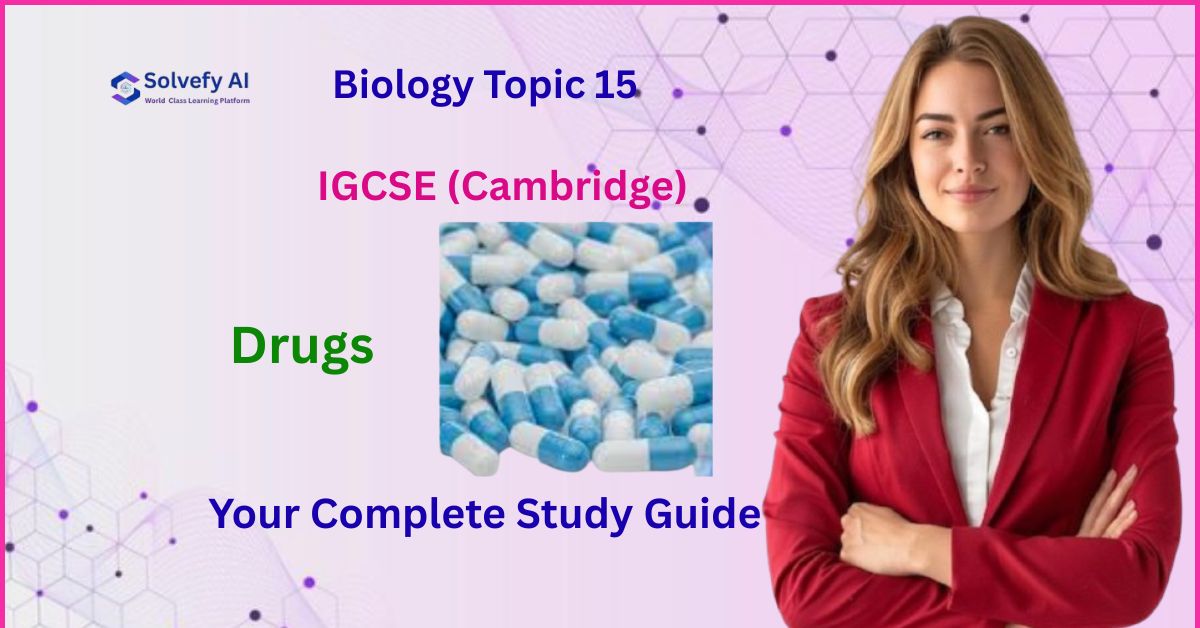
1 thought on “Drugs | IGCSE Biology Topic 15 Complete Guide”